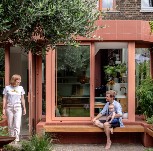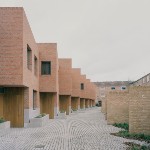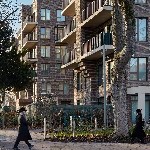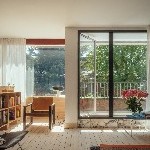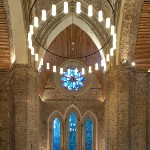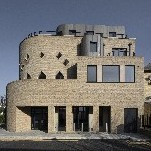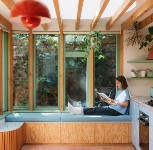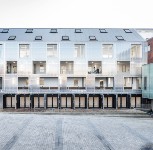Hackney Design Awards 2024
The winners for the 2024 Hackney Design Awards have been announced.
Hackney Design Awards are a celebration of great design in Hackney.
This year, we received a total of 29 nominations – shortlisted to 12 schemes.
Thank you to all those who nominated and took part in this year’s awards.
See Hackney Design Awards 2024 brochure (PDF 7.1mb)
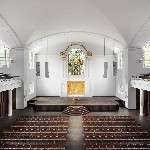
Design Award winner
Heritage and Restoration Award winner
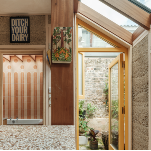
Design Award winner
Climate and Sustainability Award commendation
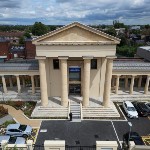
People's Choice Award winner
Heritage and Restoration Award commendation
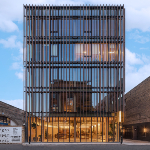
Climate Change and Sustainability Award winner
Previous award winners
2004 to 2022
- Hackney Design Awards 2022 brochure (PDF 7mb)
- Hackney Design Awards 2020 brochure (PDF 6mb)
- Hackney Design Awards 2018 brochure (PDF 11mb)
- Hackney Design Awards 2016 brochure (PDF 2mb)
- Hackney Design Awards 2014 brochure (PDF 2mb)
- Hackney Design Awards 2012 brochure (PDF 5mb)
- Hackney Design Awards 2010 brochure (PDF 1mb)
- Hackney Design Awards 2008 brochure (PDF 526kb)
- Hackney Design Awards 2006 brochure (PDF 2mb)
- Hackney Design Awards 2004 brochure (PDF 249kb)
Page updated on: 20 December 2024
